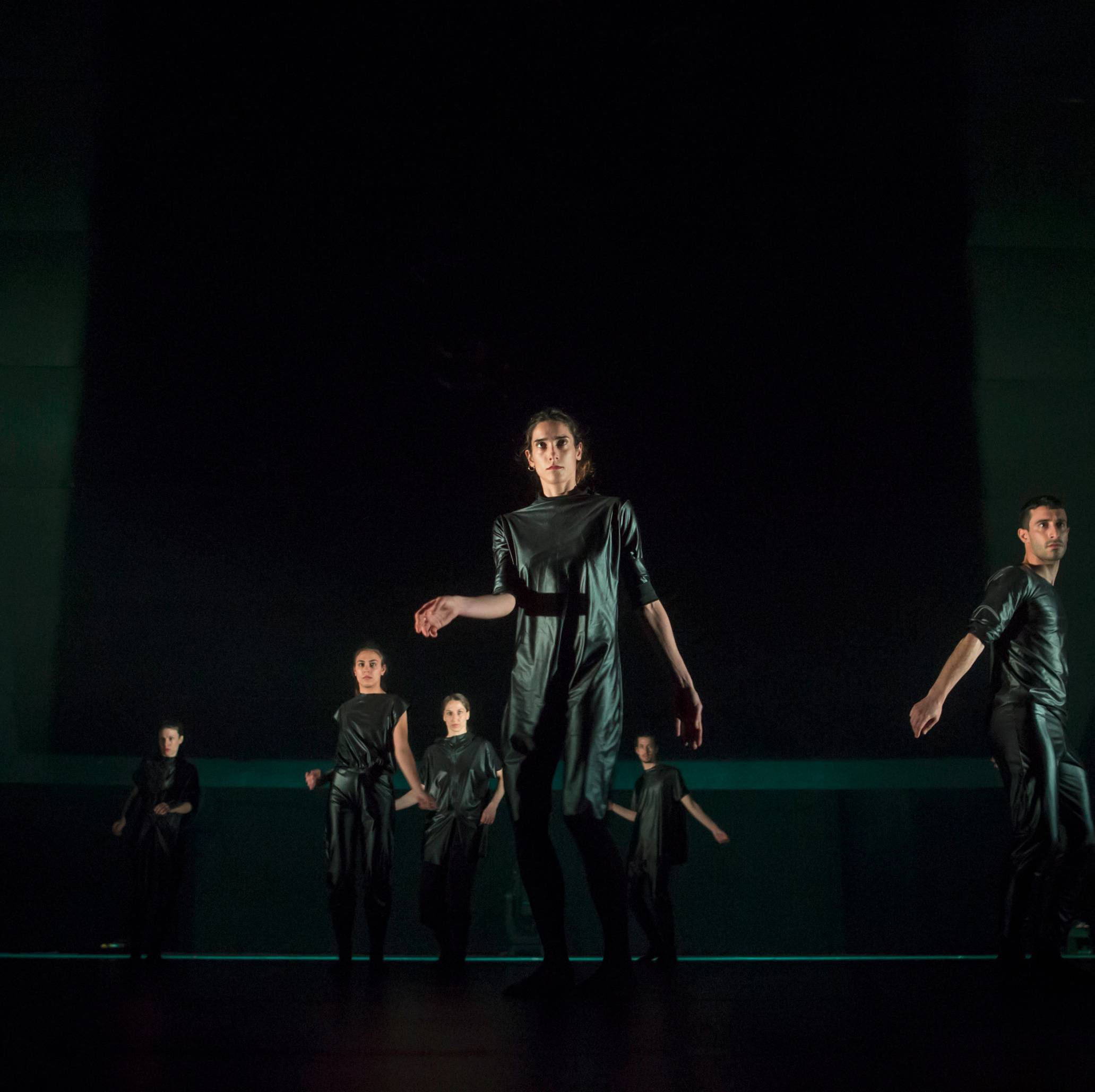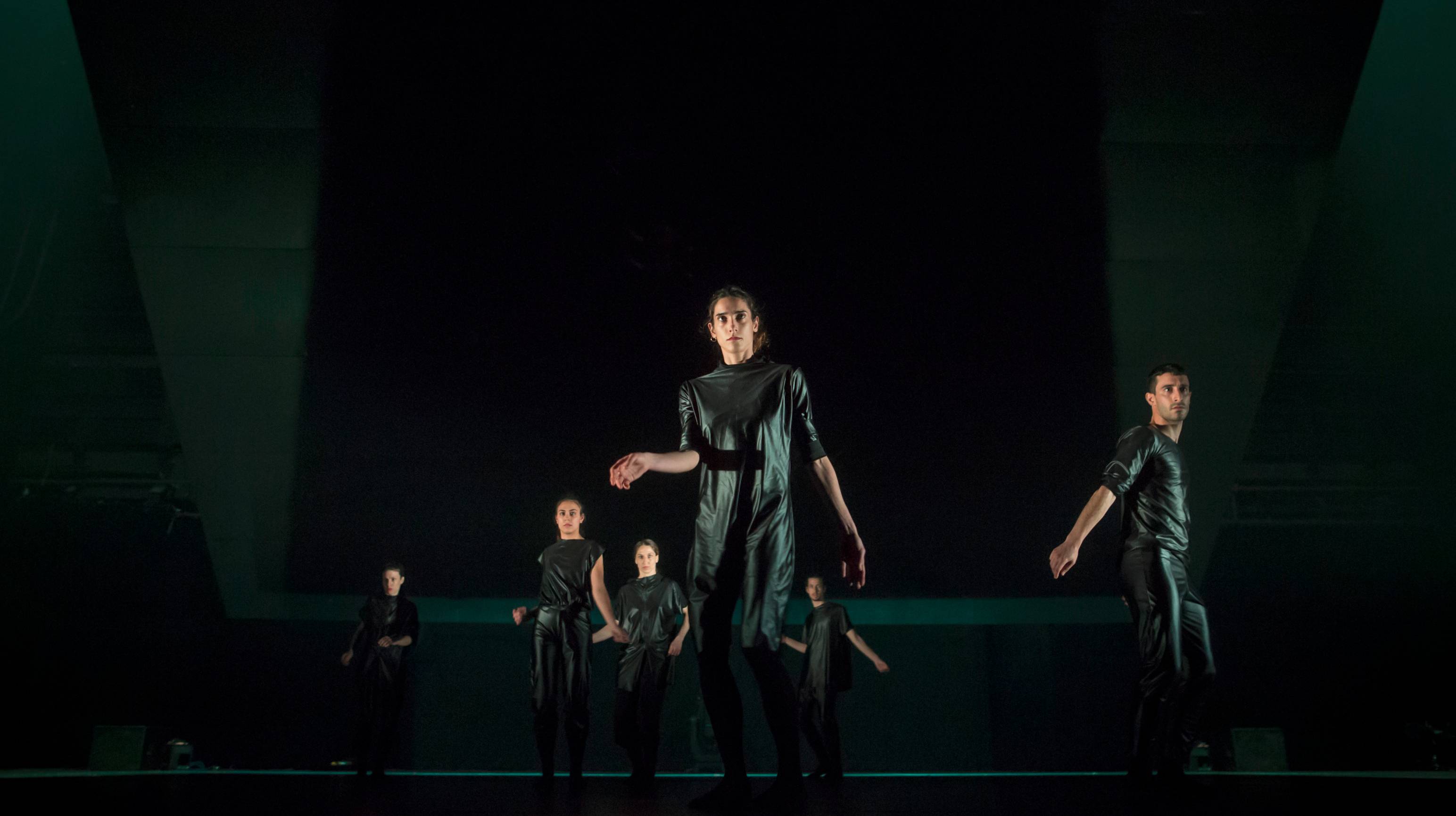SiNOPSi
Què s’amaga a la nostra mirada i quins factors poden fer que la nostra percepció ens enganyi? Trobareu material per reflexionar-hi en un espectacle de dansa amb nom d’iceberg i un llenguatge propi construït a còpia de minimalisme i poesia.
L’any 1893, un capità noruec, Carl Anton Larsen, va navegar al voltant d’una gran barrera de gel que, des d’aleshores i en homenatge a la seva gesta, es va conèixer amb el nom Larsen. Amb el canvi climàtic, dues parts s’han acabat desfent (Larsen A i Larsen B) i una tercera, Larsen C, es va desprendre del conjunt l’any 2017, formant un iceberg gegantí que pesava en aquell moment prop d’un bilió de tones. Aquest iceberg dona nom a l’espectacle del creador grec Christos Papadopoulos, que concep el cos de ball que hi intervé com una metàfora d’aquesta gran massa de gel que es desfà i es descompon en elements més petits: els sis ballarins i ballarines que porten la coreografia a escena. Els veureu executar uns moviments que semblen repetitius en aparença, però que canvien constantment en cada escena, amb unes modificacions que tenen molt a veure amb la manera com percebem el que passa a l’escenari. I és que el muntatge implica un joc amb la percepció dels espectadors i espectadores en el qual les trajectòries rectes, els gestos bruscos o suaus i els moviments accelerats o alentits es produeixen d’una manera gairebé imperceptible, però creant canvis profunds que al·ludeixen tant als gestos quotidians com als fenòmens naturals que es tenen lloc en la massa de gel que dona títol a la peça. Papadopoulos confon la mirada del públic i, alhora, li parla sobre la capacitat d’adaptació al canvi d’un col·lectiu humà.
Christos Papadopoulos, estrella emergent de la dansa europea del nostre temps, és el director i fundador del col·lectiu de dansa Leon Kai Lykos (The Lion and the Wolf) i el creador d’unes coreografies de grup que juguen amb l’aparença i enganyen la percepció. Entre les obres que ha creat hi ha Elvedon (2015), que es basava en un text de Virginia Woolf; Opus (2016) una peça que es va veure a la desapareguda Sala Hiroshima i que aplicava a la coreografia els principis que regien la música de Bach, o bé Ion (2018), que feia evolucionar els ballarins i ballarines al ritme dels fenòmens de la natura. A més de les seves creacions pròpies, Papadopoulos ha signat coreografies per a directors teatrals i ha treballat com a ballarí amb artistes tan coneguts al Grec Festival de Barcelona com Dimitris Papaioannou.



